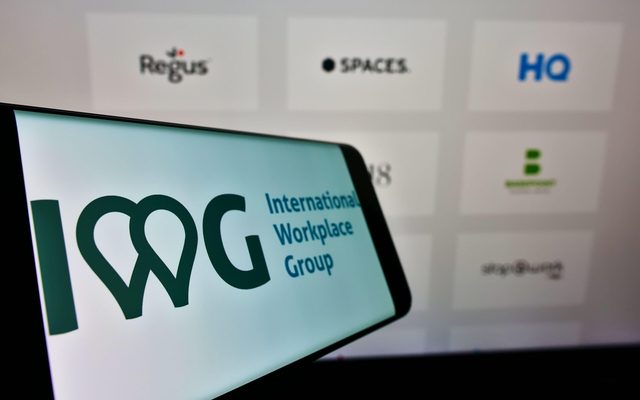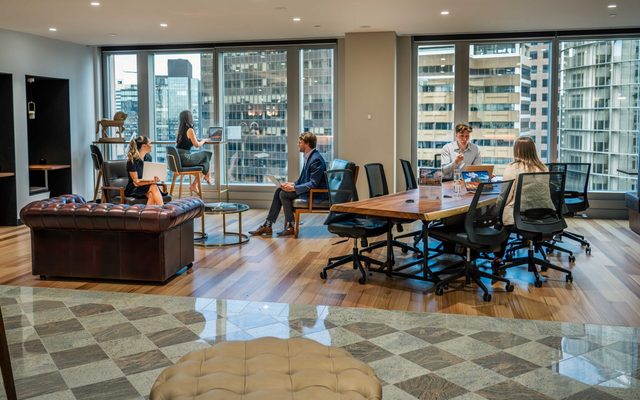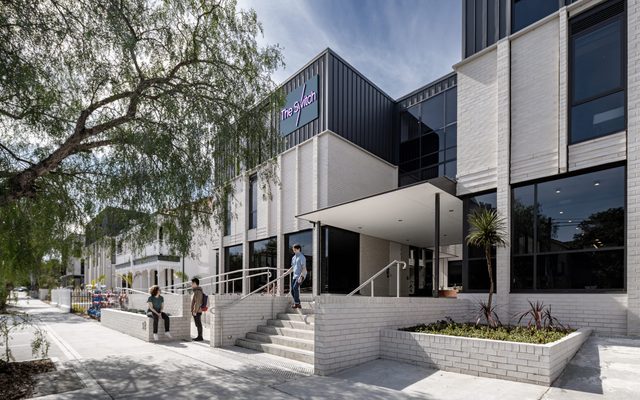This article is from the Australian Property Journal archive
DEMAND for office space in the Asia Pacific is eclipsing the rate of hybrid working adoption, with the region taking on flexible working at vastly different paces.
According to a new report by Cushman & Wakefield, the Asia Pacific is currently the leader for office space demand, despite growing worker expectations for flexibility in the wake of the pandemic’s peak.
Despite this desire, cultural differences about presenteeism, combined with infrastructure and residential workspace limitations leave many countries less able to take on hybrid working styles.
“Markets less familiar with flexible working are likely to need greater assistance with change management. This needs to start with building trust between managers and team members alongside a shift to identifying new measures of individual and team success,” Carol Wong, Asia Pacific total workplace lead at Cushman & Wakefield.
Australia reported the greatest desire for flexible working, with 87% of office-based employees wanting at least one day a week in a hybrid setting, while India and Mainland China reported the least desire, at 42% and 54% respectively.
This compared to the United States, where 90% of all office-based employees wanted at minimum one day a week of flexible work.
“The desire to work flexibly and the speed of adopting flexible work practices varies considerably between markets. Variation can also be observed generationally, as well as by seniority, by department and between companies,” said Dominic Brown, head of insight & analysis at Cushman & Wakefield, Asia Pacific.
Generationally, two-thirds of Generation Z – while currently only accounting for 13% of the working population—report wanting some form of flexible working.
This is likely see hybrid working embraced as this generation matures, growing to 25% of the working population by 2025 and one-third of 20 to 64-year-olds by 2030.
“The clock has started ticking on workplace transformation within the region,” added Wong.
“Corporate employers are well advised to begin testing and piloting now to meet the needs of their current and future workforce. Those corporate occupiers who start piloting new working models earlier stand to reap the benefits through greater talent attraction, retention and engagement.”
Before the onset of the pandemic, the majority of workplaces provided an allocated desk for each member of their staff and hot-desking or Activity-Based Working (ABW) was just an emerging trend.
“Now that “working from home” is here to stay, our research indicates that a majority of tenants are considering (or already have) ABW as a permanent solution to manage lower occupancy rates,” said Tim Molchanoff, head of office leasing at Cushman & Wakefield, ANZ.
While lower occupancy rates means less desks, space from individual workspaces is being reutilised for shared amenities and collaborative spaces, potentially making up some of the long-term space reduction.
“A better-quality workplace and more flexibility about where and when to work gives employers a competitive advantage to attract and retain staff,” concluded Molchanoff.





